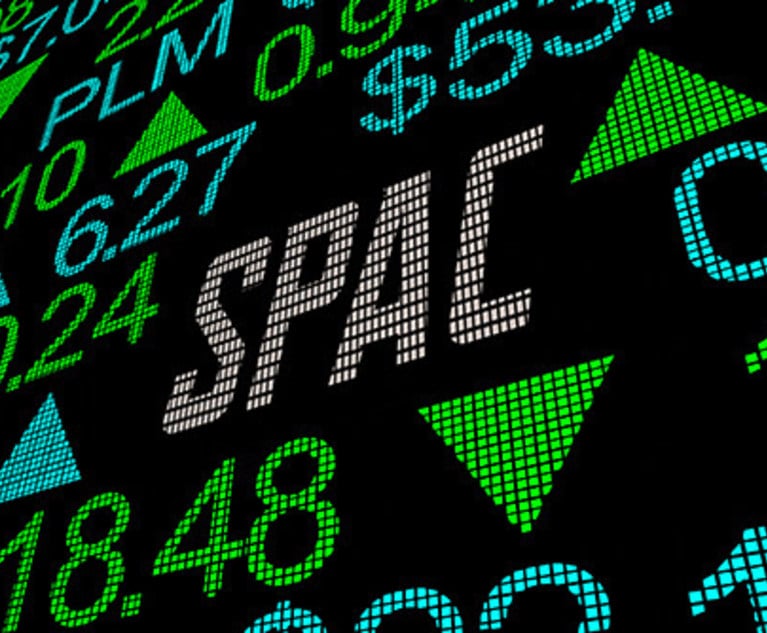Blockchain and its use in the transfer and ledger of transactions including cryptocurrency has been promoted as the next Internet or even more. Blockchain, a decentralized data ledger of promised secure transactions provides a significant benefit to supply chain accounting and buy/sell logistics for products and food. As recently reported in the Wall Street Journal (WSJ):
True, blockchain is still in its early stages of development and deployment. Its capabilities have been often oversold, as is the case with just about all promising technologies. … [I]f blockchain one day lives up to its promise, it could “transform how society operates, becoming one of the most significant innovations since the creation of the Internet. The opportunity to harness this innovation to help tackle environmental challenges is equally significant.”
Irving Wladawsky-Berger, “Blockchain’s Potential for Environmental Applications,” Wall Street Journal, CIO Journal (Nov. 30, 2018).


 Photo Credit: whiteMocca/Shutterstock.com
Photo Credit: whiteMocca/Shutterstock.com




